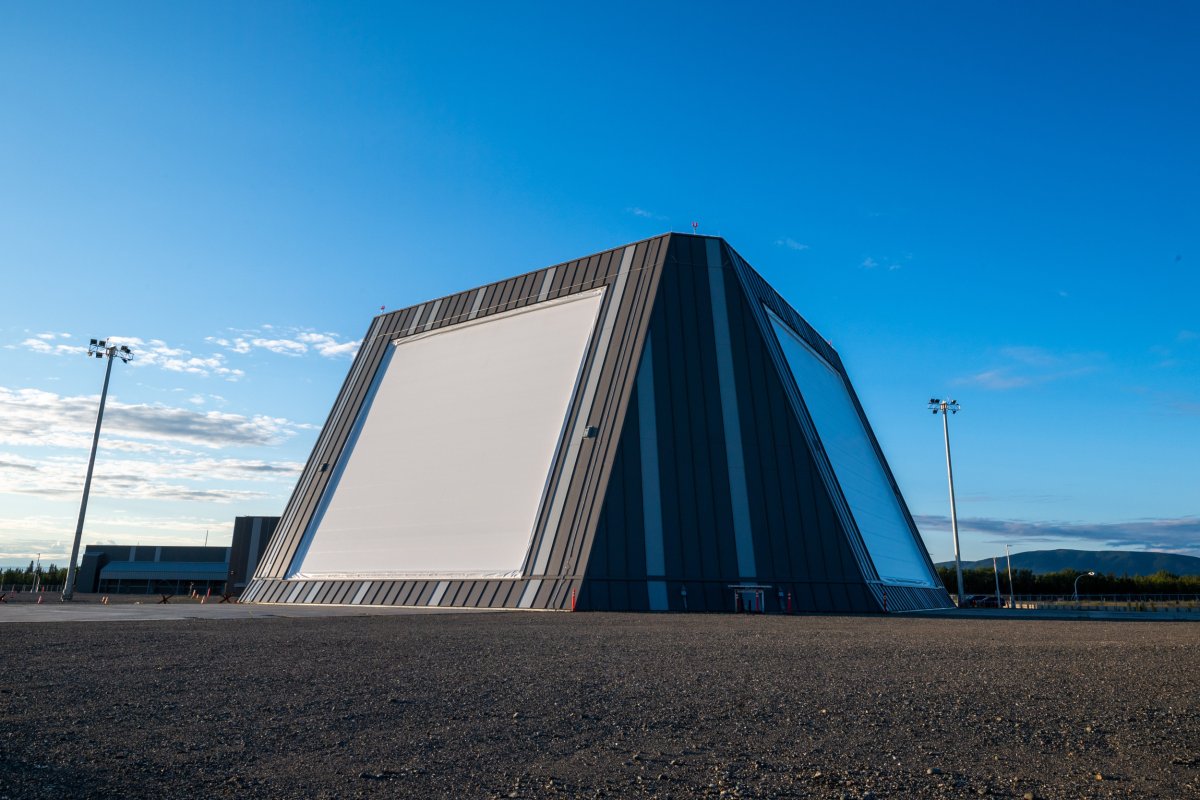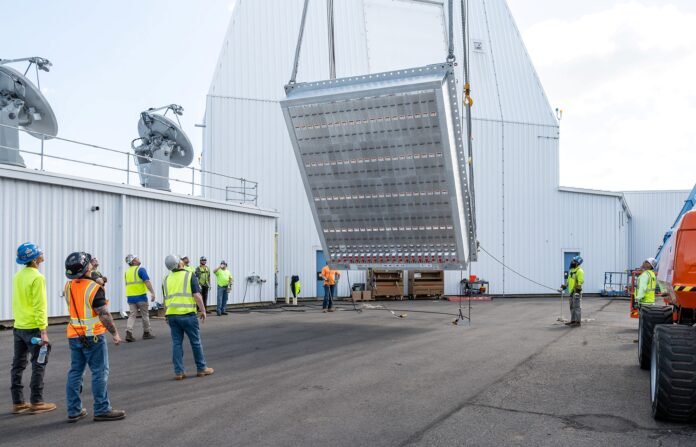The United States and Japan—a key Washington ally—have received a major boost in missile defense against threats posed by their adversaries, namely China, North Korea and Russia.
Newsweek has contacted the Chinese and Russian defense ministries for comment via email. North Korea‘s embassy in China did not immediately respond to a written request for comment.
Why It Matters
China has built a missile arsenal capable of targeting Japan—including U.S. military bases there—as well as long-range, nuclear-armed missiles designed to reach the U.S. mainland, according to the Pentagon, prompting the allies to strengthen their missile defense networks.
Facing a growing threat from North Korea—which has frequently conducted missile tests by firing weapons into waters near Japan—the U.S. has deployed missile interceptors in Alaska and California to defend the mainland against North Korea’s intercontinental ballistic missiles.
Russia, which possesses the world’s largest nuclear arsenal, also has missiles capable of targeting the U.S. mainland. Its relations with Japan have deteriorated since its full-scale invasion of Ukraine in 2022, when Japan joined the U.S. and other nations in imposing sanctions on Russia.

Lockheed Martin
What To Know
U.S. defense contractor Lockheed Martin announced on Monday that it has delivered four AN/SPY-7(V)1 radar antennas to the Japanese Defense Ministry. These will be installed on Japan’s under-development destroyer, known as the Aegis System Equipped Vessel (ASEV).
Japan has acquired a pair of ASEVs for its Maritime Self-Defense Force, which are set to be commissioned in fiscal years 2027 and 2028, according to Lockheed Martin. They can engage multiple targets simultaneously with “advanced detection and tracking capabilities.”
Each of Japan’s 12,000-ton ASEVs—which will be tasked with defending the nation against ballistic missile attacks—is equipped with up to 128 missiles for intercepting various types of enemy missiles, as well as for land-attack missions, according to specialist outlet Naval News.
The shipboard radar installed on the ASEV has a land-based counterpart currently deployed by the U.S. Missile Defense Agency as the Long-Range Discrimination Radar (LRDR) at Clear Space Force Station in Alaska, which was initially fielded in December 2021.
On June 23, the LRDR conducted its first flight test tracking a live intercontinental ballistic missile target, during which it successfully “acquired, tracked, and reported missile target data” to support a simulated engagement, according to the U.S. Missile Defense Agency.
The target was air-launched over the northern Pacific Ocean and flew over 1,200 miles off the southern coast of Alaska. Data reported by the LRDR and the Upgraded Early Warning Radar (UEWR) was transmitted to the Ground-Based Midcourse Defense (GMD) system.

U.S. Missile Defense Agency
The GMD protects the U.S. homeland against North Korean missile attacks. It was used in a simulated intercontinental ballistic missile attack in April during Secretary of the Army Dan Driscoll’s visit to Fort Greely in Alaska, where up to 60 missile interceptors are deployed in silos.
What People Are Saying
Chandra Marshall, vice president of Multi-Domain Combat Solutions at Lockheed Martin, said in a press release on Monday: “The successful on-time delivery of all antennas for the first ASEV showcases the maturity and scalability of the SPY-7 radar as well as production capacity, while also demonstrating Lockheed Martin’s dedication and expertise in system integration.”
Lieutenant General Heath Collins, director of the U.S. Missile Defense Agency, said in a press release on June 24: “LRDR will provide [United States Northern Command] and the United States Space Force with the ability to precisely track ballistic missile threats as well as other space objects, advancing our ability to deter adversaries and bolster our homeland missile defense.”
What Happens Next
The testing of the LRDR’s tracking capabilities comes as the Trump administration pushes for a nationwide missile defense program known as the Golden Dome.
























